Why is leatherback sea turtle endangered?
The leatherback sea turtle is is one of the most migratory animals on Earth. They are found in all oceans except for the Arctic and Antarctic, and often travel thousands of miles between nesting and feeding grounds. These unique characteristics make them one of the most fascinating creatures in our planet’s waters – but also put them at great risk.
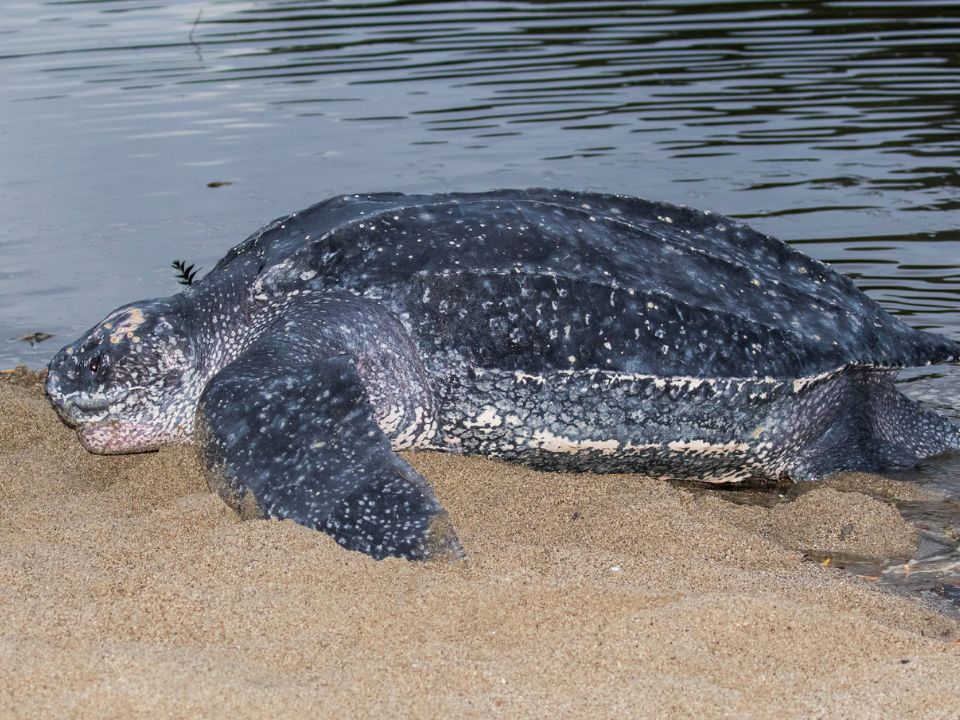
Leatherbacks are endangered because they are hunted for their meat, eggs, and shells. In some areas of the world, their eggs are considered a delicacy and can fetch a high price on the black market. As a result, leatherback turtles face tremendous pressure from both legal and illegal egg harvesting operations.
In addition to being hunted by humans, Leatherbacks also suffer from incidental capture in fisheries as well as habitat loss due to coastal development projects that destroy nesting beaches or pollute coastal waters with chemicals or trash.. Climate change is also affecting this species by causing shifts in ocean currents that interfere with migration patterns or make conditions unsuitable for nesting sites.
What is the greatest threat to leatherback sea turtles?
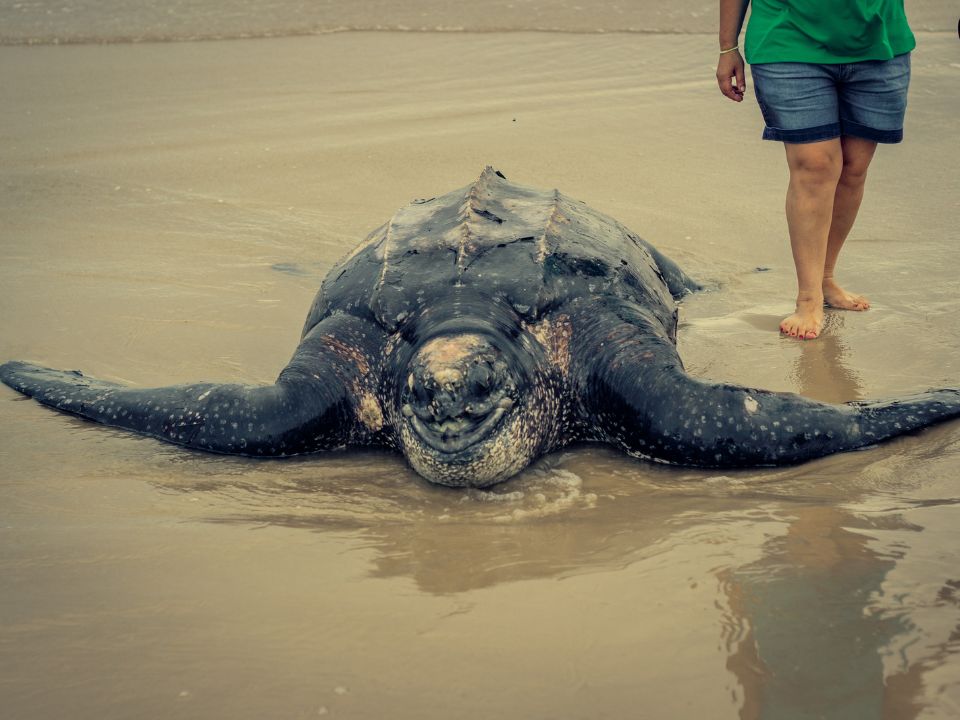
Fisheries bycatch is the accidental capture of non-target species in fishing gear. It is a leading cause of mortality for many types of wildlife, including leatherback sea turtles. When caught in fishing nets or on hooks, turtles can drown or be crushed by the weight of the gear. They may also suffer from injuries that make it difficult for them to return to the water or escape predators once they are released from the gear. In addition to direct mortality, fisheries bycatch can also have indirect impacts on turtle populations if it results in injury or displacement from critical habitats such as nesting beaches.
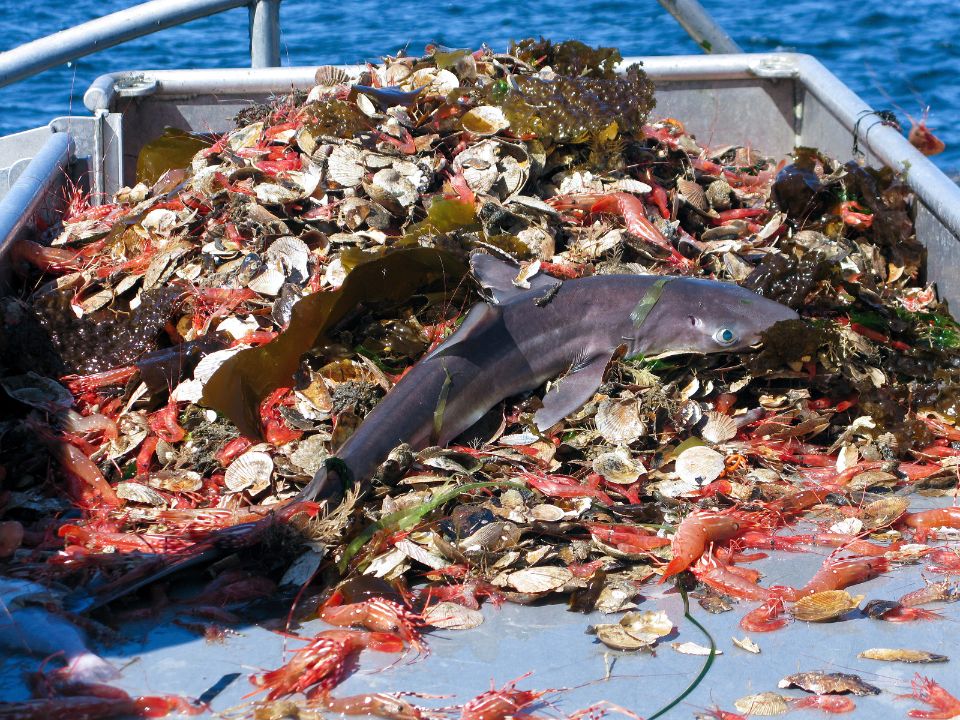
How many leatherback sea turtles are left?
Why are leatherback sea turtles important?
- First, they help to keep the ocean ecosystem in balance by eating jellyfish.
- Second, their eggs are a major food source for many animals on the beach, including birds and small mammals.
- Third, leatherback turtles are a key species in the marine food web and their decline could have serious impacts on other species that depend on them for food or shelter.
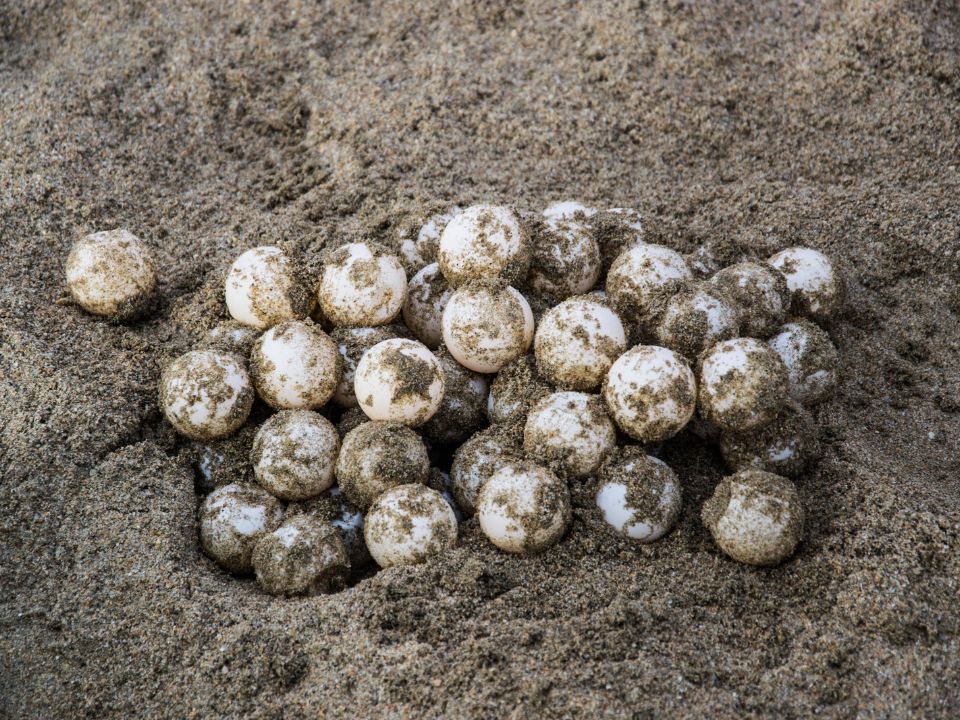
What would happen if leatherback turtles went extinct?
If leatherback turtles went extinct, it would have a devastating impact on the environment. These turtles play an important role in the food chain, and their absence would throw off the delicate balance of nature.
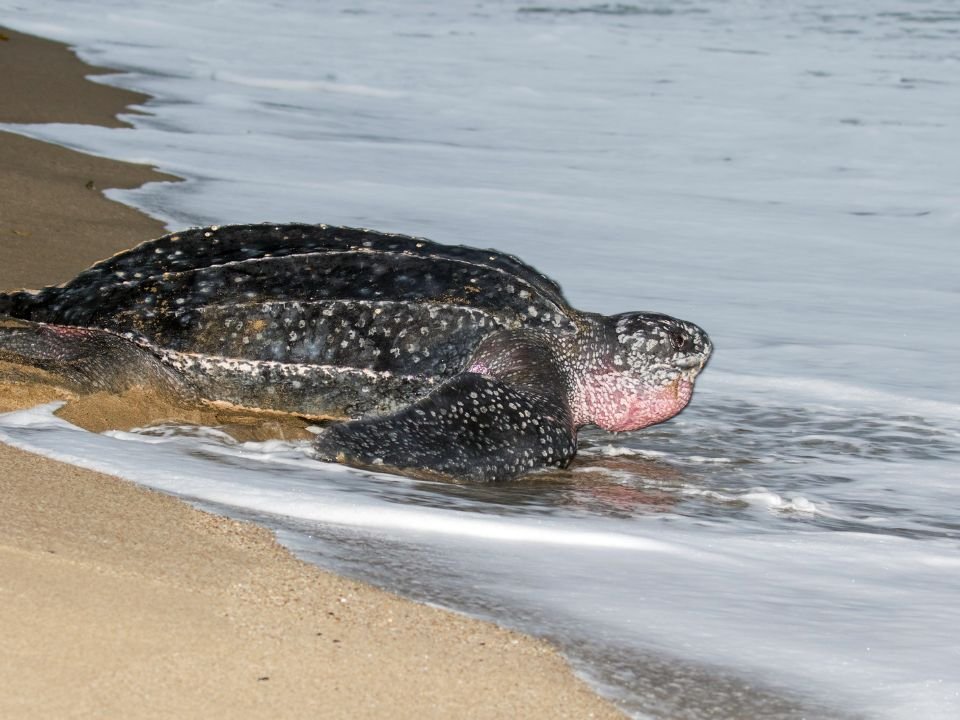
Additionally, leatherback turtles help to keep ocean ecosystems healthy by eating jellyfish and other predators that can harm other marine life. Without them, we could see a significant decline in the populations of fish and other animals that depend on these turtles for their survival.
Finally, the loss of leatherback turtles would be a huge blow to biodiversity and our planet as a whole. These creatures are unique and irreplaceable, and their extinction would be a tragedy for all of us who share this earth with them
What is being done to protect leatherback sea turtles?
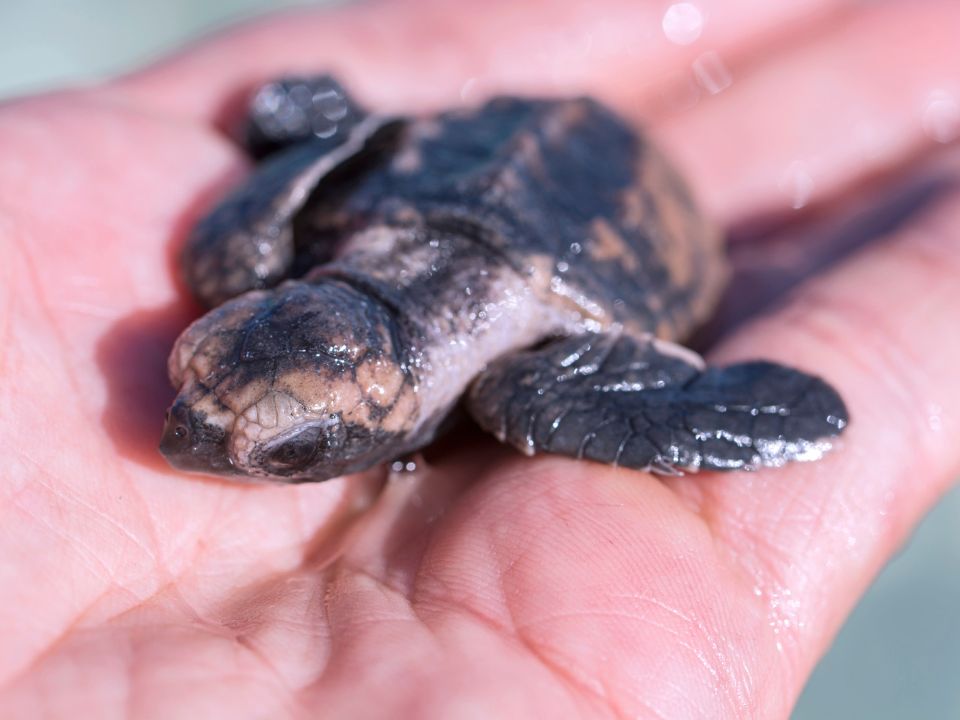






Leave a Reply